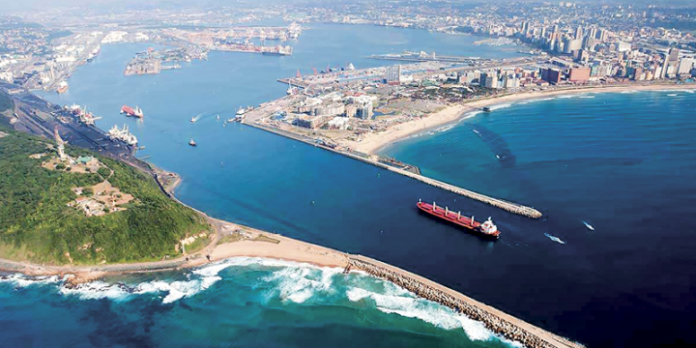The Port of Durban, along with the maritime and logistics sectors are unquestionably the main economic drivers of the local economy. To address congestion, the City has initiated an Integrated Freight and Logistics Strategic Framework and Action Plan which sets out the following interventions:
- Rehabilitation and expansion of additional lanes on the M7/ Solomon Mahlangu Drive, a key freight corridor in the City and crucial to the Port’s connections to provincial and national road corridors.
- Working jointly with Transnet National Ports Authority in developing additional road capacity in and out of the Port of Durban by exploring the possibility of a potential second access road to the Durban Container Terminals and increasing road capacity on Bayhead Road.
- Working jointly with the provincial government, Transnet, South African National Roads Agency and the Cato Ridge Logistics Hub Consortium to develop the Cato Ridge Intermodal Hub that will move certain cargo out of the Port to Cato Ridge, further de-congesting the South Durban Basin and making large parcels of land available for development.
eThekwini Mayor Councillor Mxolisi Kaunda outlined other interventions including the Metro Police being permanently stationed at the Bayhead Langeberg Road intersection to manage traffic congestion and any violations of traffic legislation and municipal by-laws. “Road maintenance on Bayhead Road, Khangela Bridge, Sydney Road and Umbilo Road have been carried out, including the recent painting of road markings.
Pier two terminal in the Port has recently implemented the truck booking system and Transnet Freight Rail is at an advanced stage of planning to bring back rail services to the Bulk Terminals at Island View Precinct,” he said.









